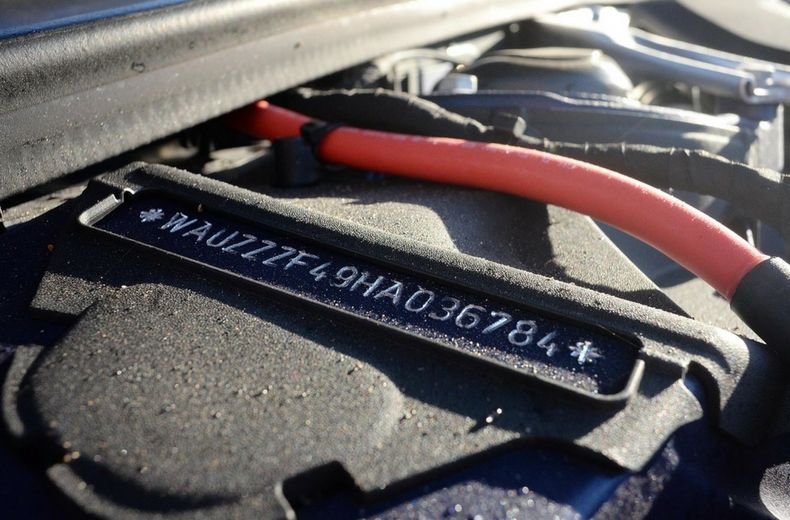Introduction
Vehicle Identification Numbers (VINs) may look like incomprehensible strings of characters, but they are packed with crucial details about a vehicle’s lineage, features, and history. This comprehensive guide aims to demystify VIN numbers and illuminate how VIN decoders can serve as a critical tool for anyone interacting with automobiles.
Breaking Down the VIN
A VIN is a 17-character string composed of numbers and letters, and each segment of it tells a part of the vehicle’s story. The first three characters identify the manufacturer and the vehicle type, the next six provide information about the vehicle attributes, and the final eight characters give specific identification details such as the engine type, model year, and assembly plant.
Why VIN Numbers Matter
VIN numbers serve multiple purposes, including:
- Identification: Police and insurance agencies use VINs for identifying vehicles in theft or accidents.
- Purchase: A VIN can give potential buyers an in-depth look into the vehicle’s history.
- Service: Repair shops often use VINs to find the correct replacement parts for a specific vehicle.
The Role of VIN Decoders
A VIN decoder is a software tool that translates the complex string into an easy-to-understand report about the vehicle. The details revealed can range from the basic specifications to intricate histories of ownership, recalls, and accidents.
Where to Find Reliable VIN Decoders
Many online platforms offer VIN decoding services, including but not limited to:
- Carfax
- AutoCheck
- VINCheck
- National Motor Vehicle Title Information System (NMVTIS)
Steps to Decode a VIN
- Locate the VIN: Usually found on the dashboard, near the driver’s side windshield, or inside the driver’s door jamb.
- Pick a Decoder: Choose a reputable decoding service online.
- Input the VIN: Type the VIN into the search bar and initiate the decoding process.
- Examine the Report: Go through the details revealed to get a full picture of the vehicle’s history and status.
Decoding Scenarios
- Used Car Purchase: Use the VIN decoder to verify claims by the seller and to discover any hidden issues.
- Vehicle Service: Service providers can use VIN decoding to determine the correct parts needed for repairs.
- Insurance: Decode a VIN to accurately evaluate the car’s value and features for insurance purposes.
Tips for Effective Decoding
- Cross-Reference: Verify the decoded information by checking multiple sources or platforms.
- Updates: Check if the decoder is up-to-date with the latest information, especially concerning recalls.
- Comprehensiveness: Ensure the decoder you choose provides a detailed report, including accident history, recalls, and previous ownership.
Conclusion
Understanding VIN numbers may seem daunting, but with the aid of VIN decoders, the task becomes remarkably straightforward. Whether you’re buying a used car, getting it serviced, or insuring it, decoding the VIN provides critical information that can save you money, time, and peace of mind.


